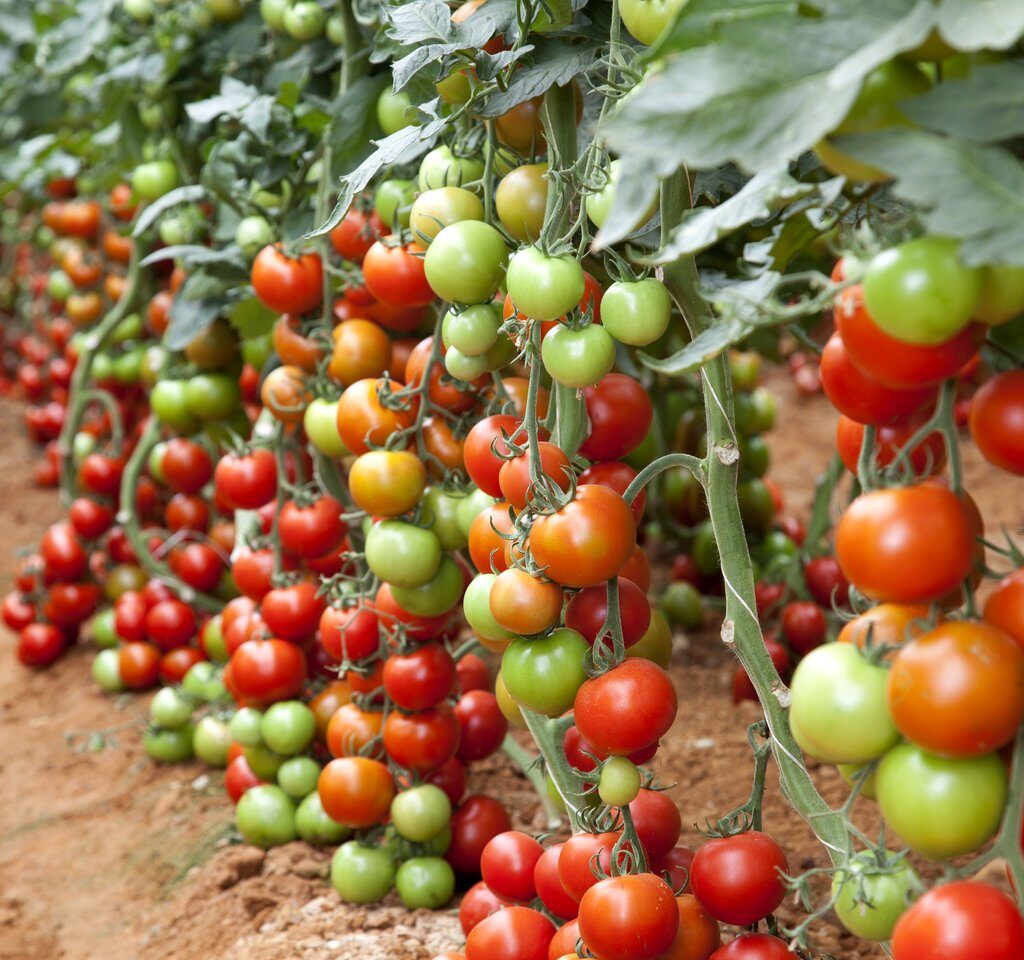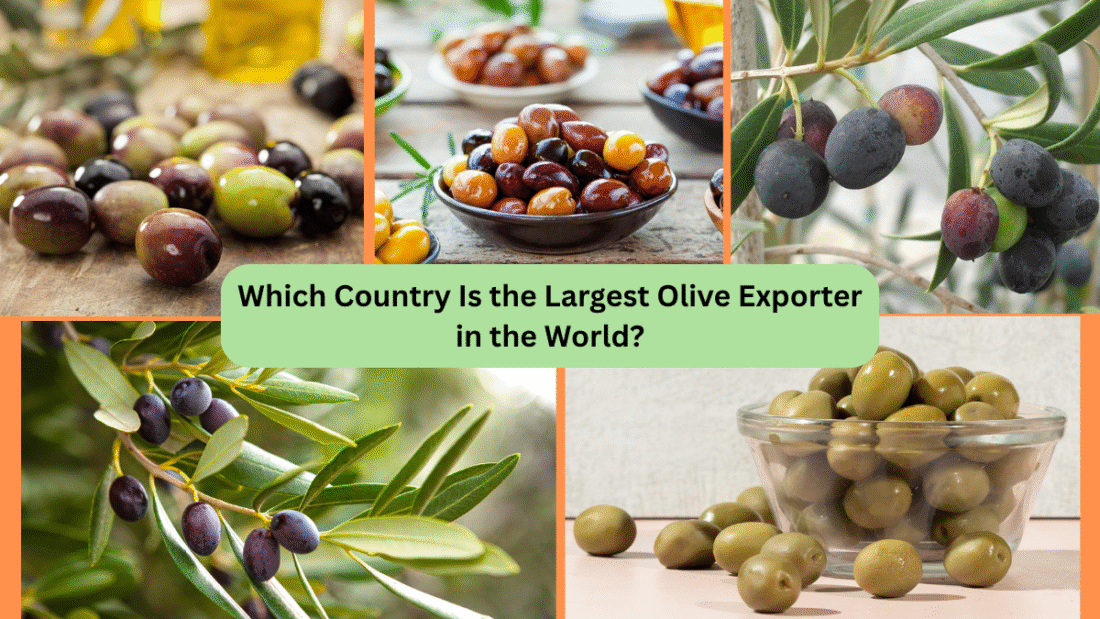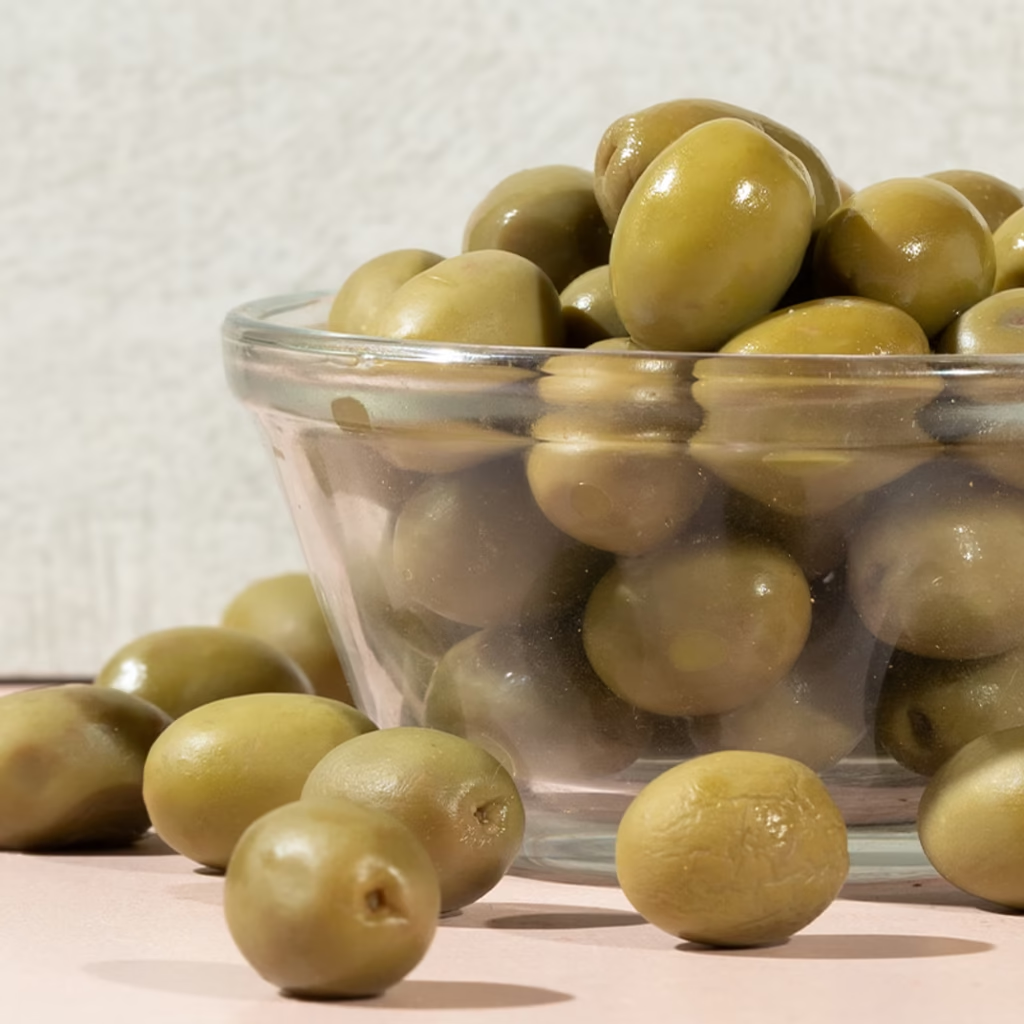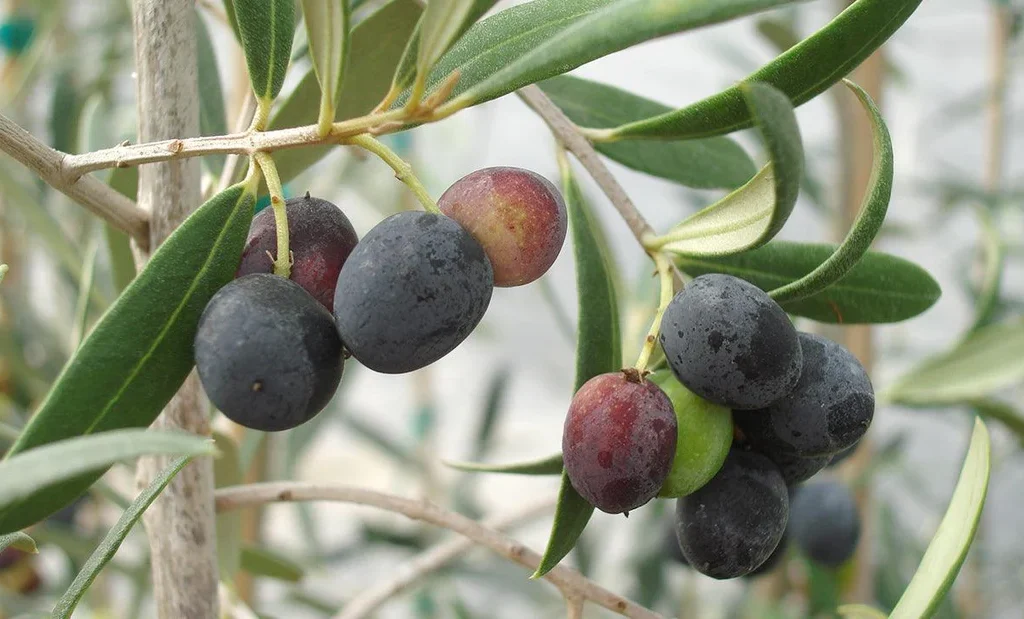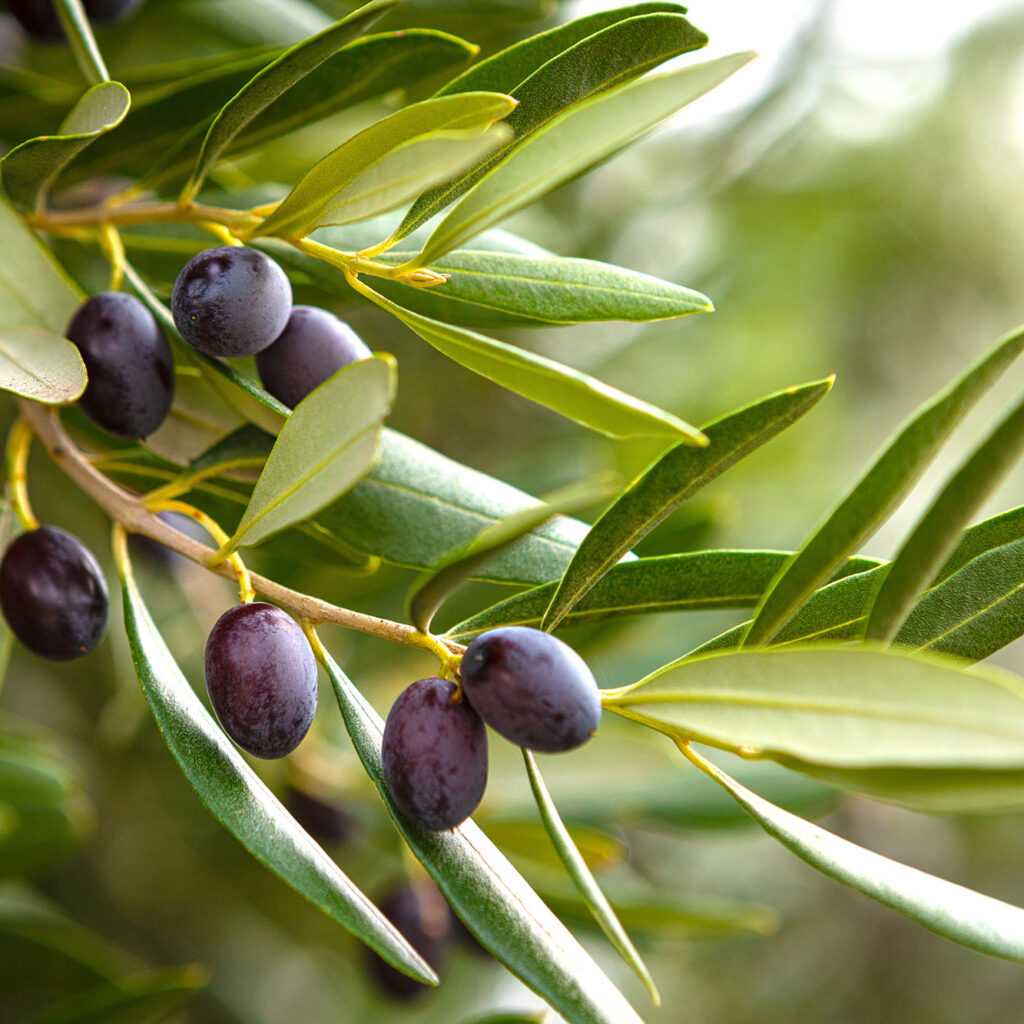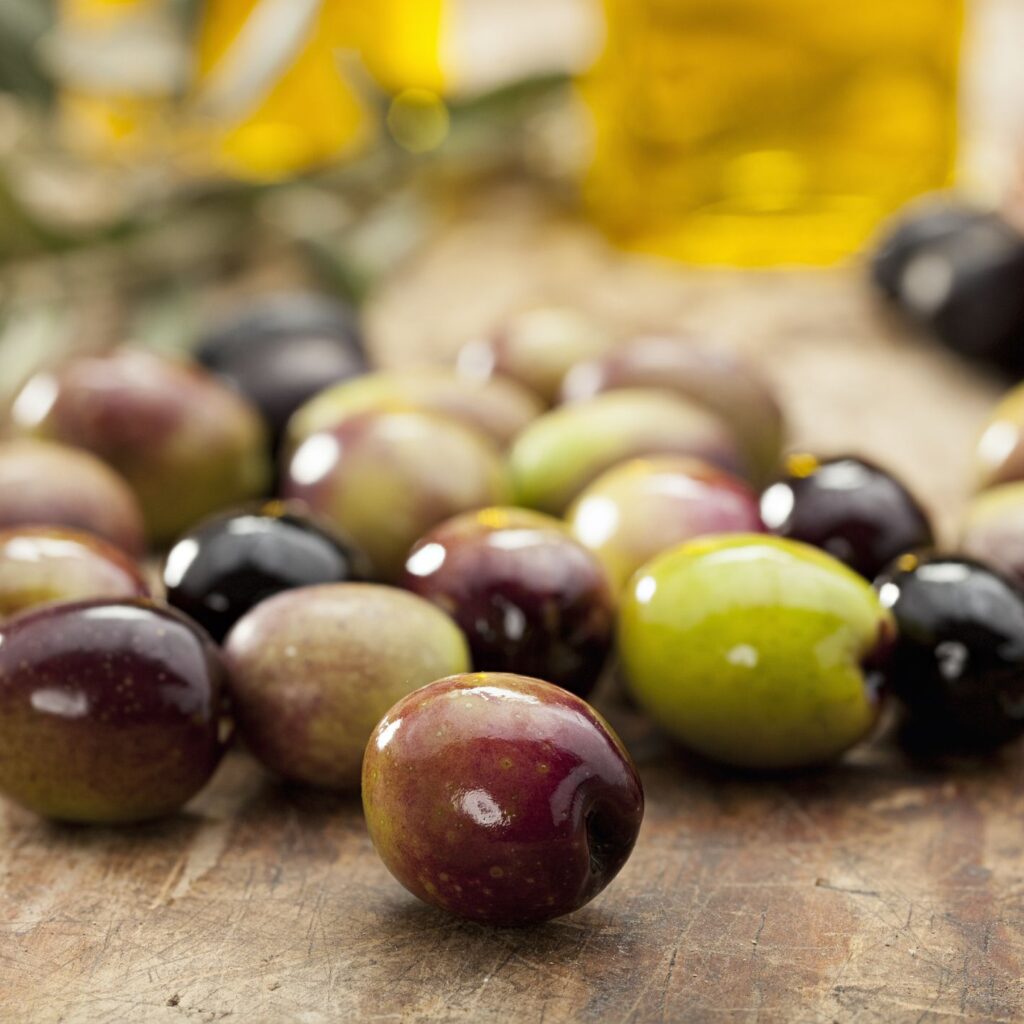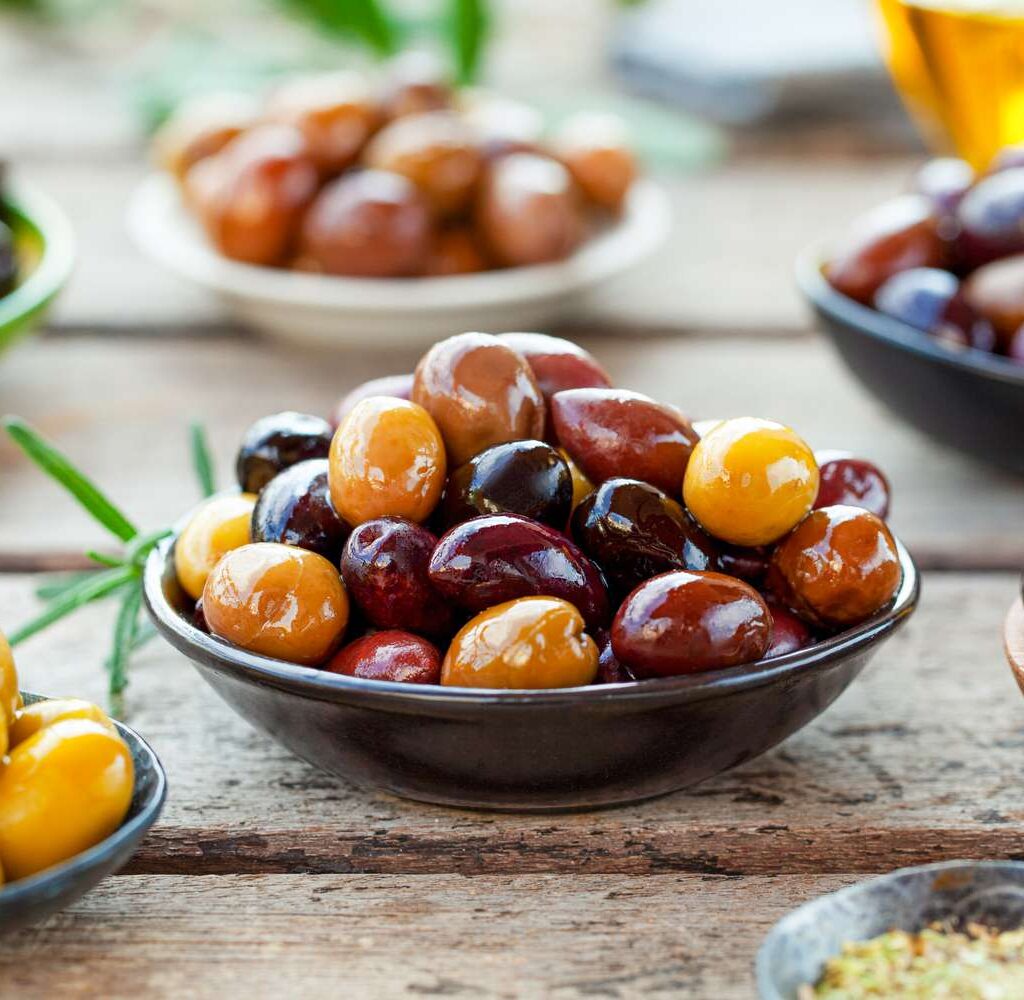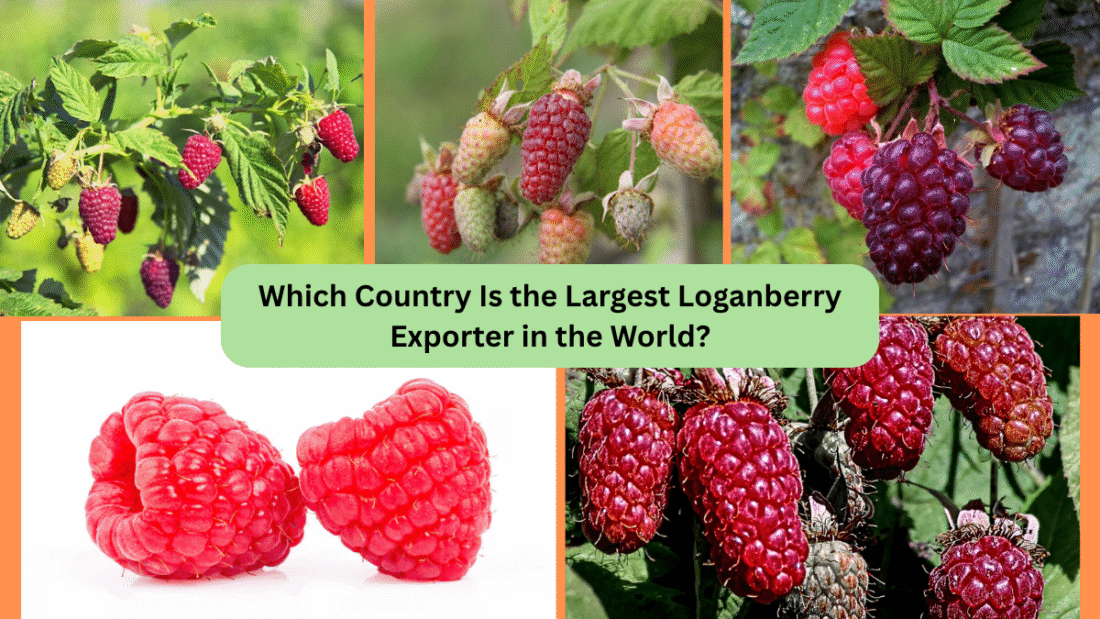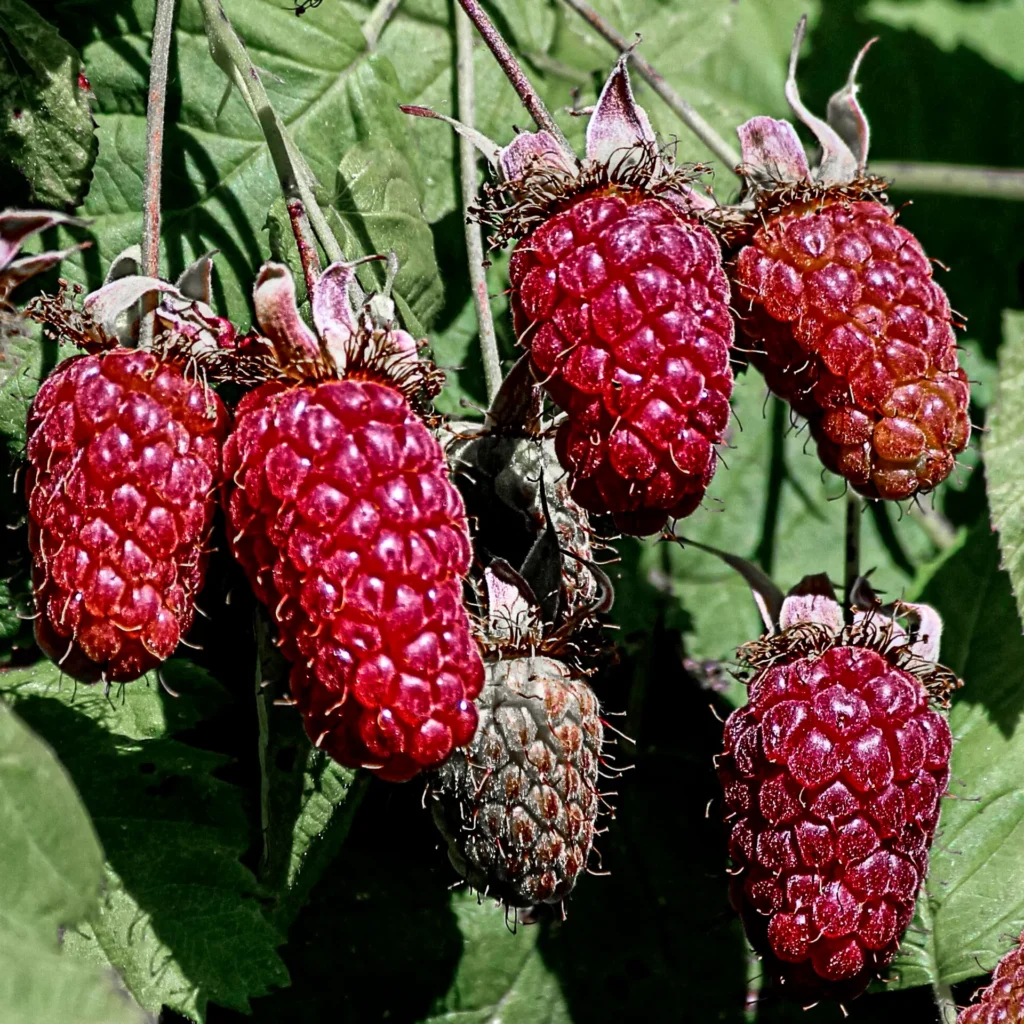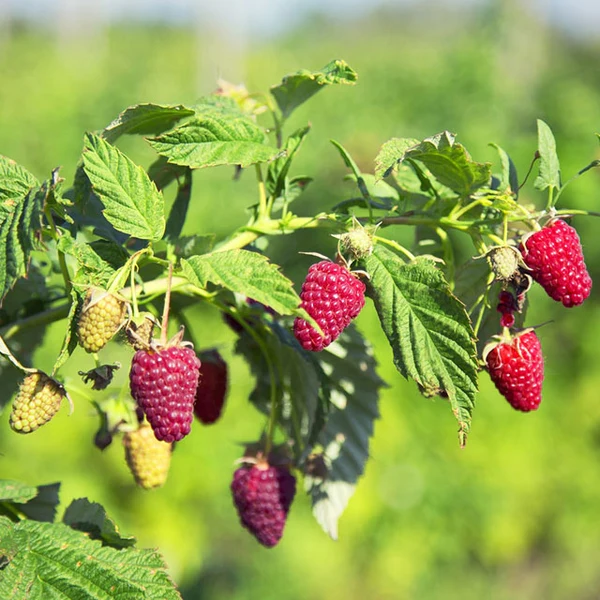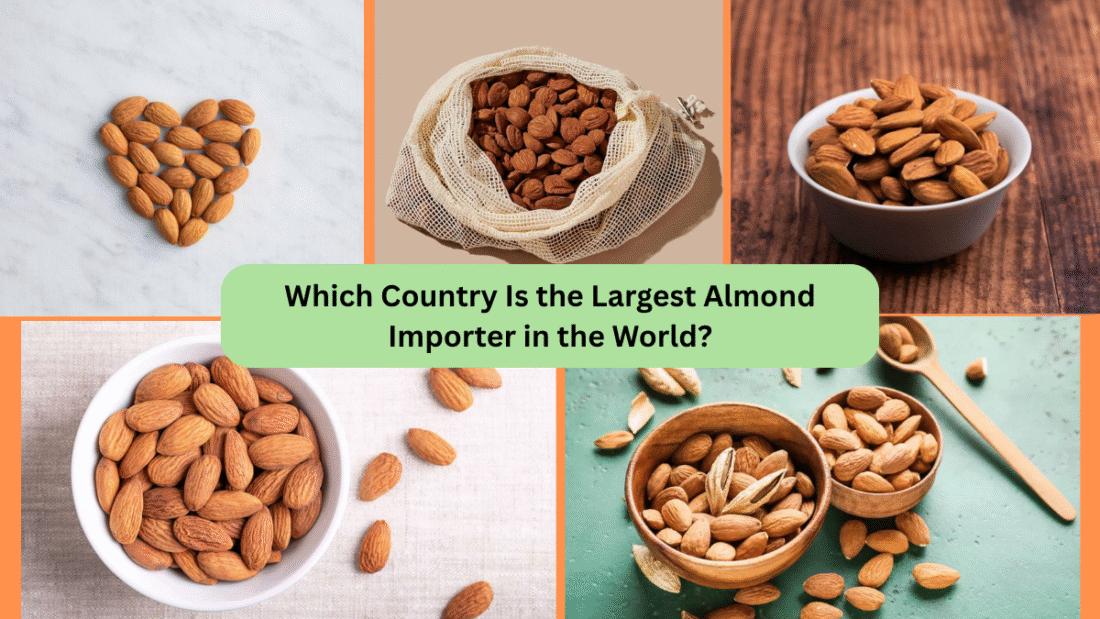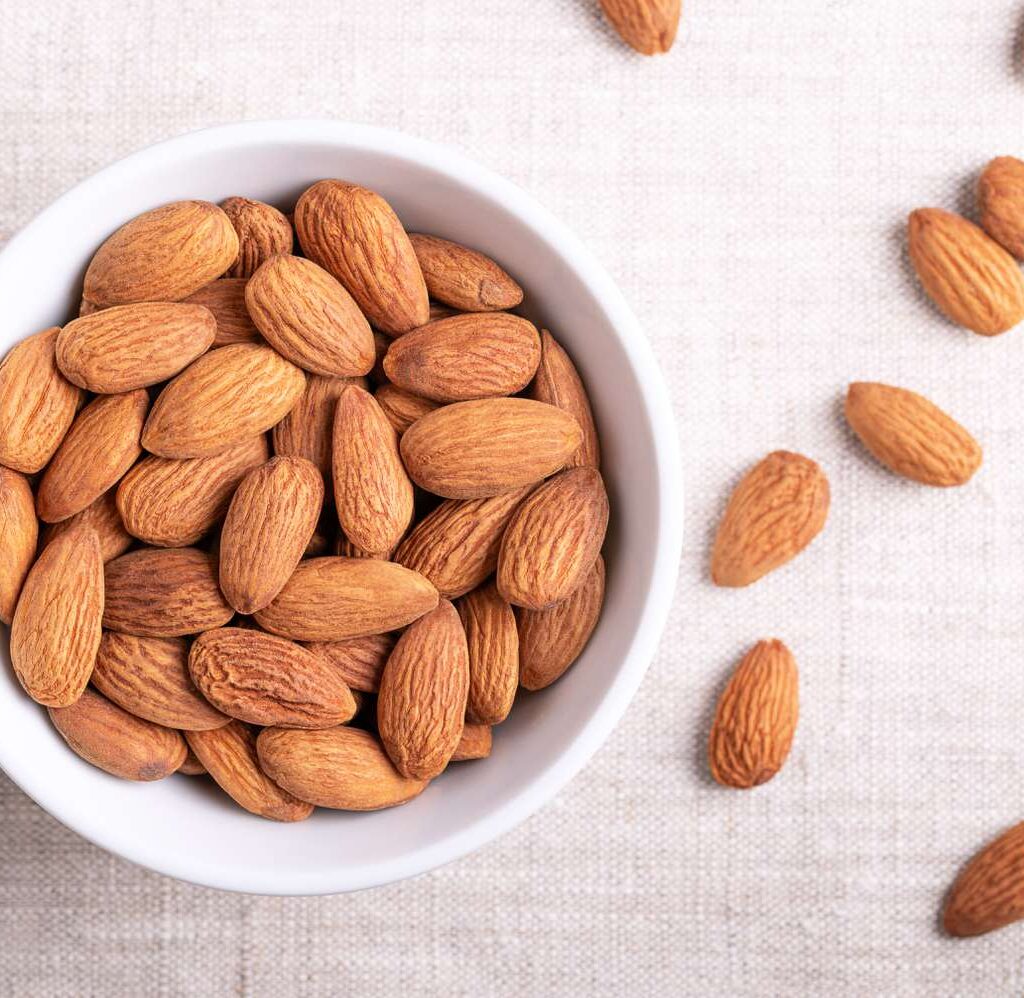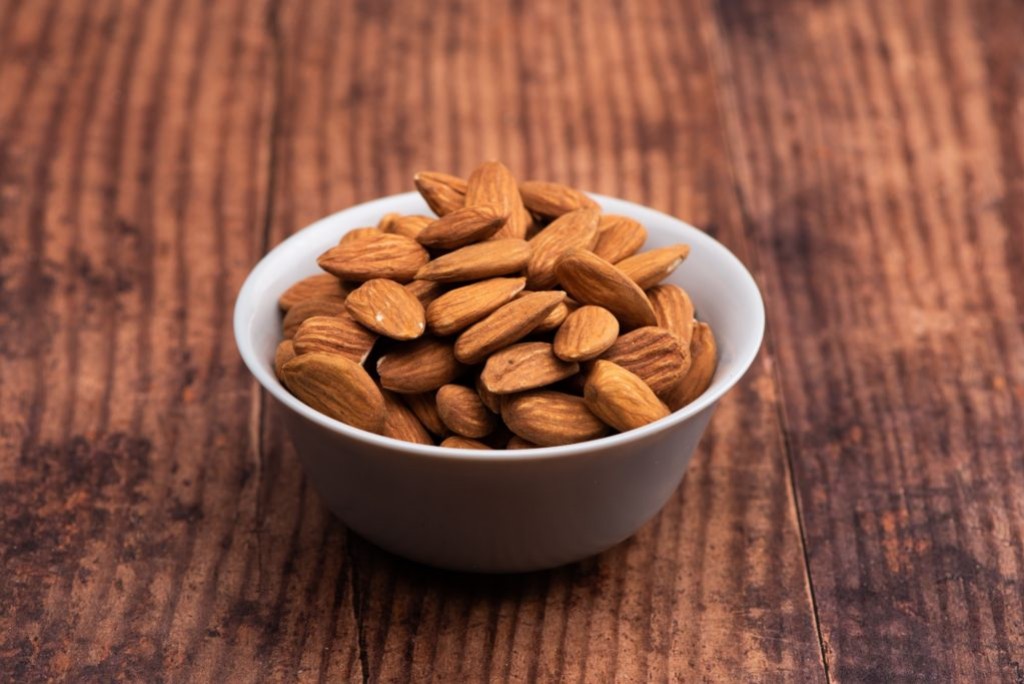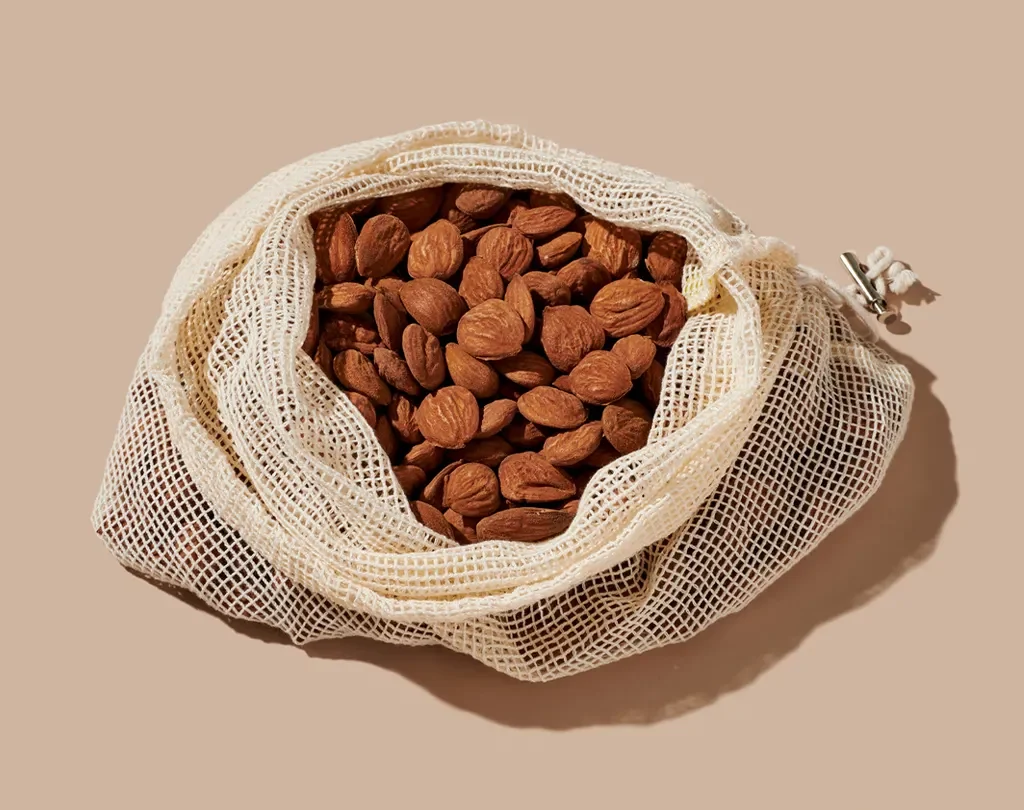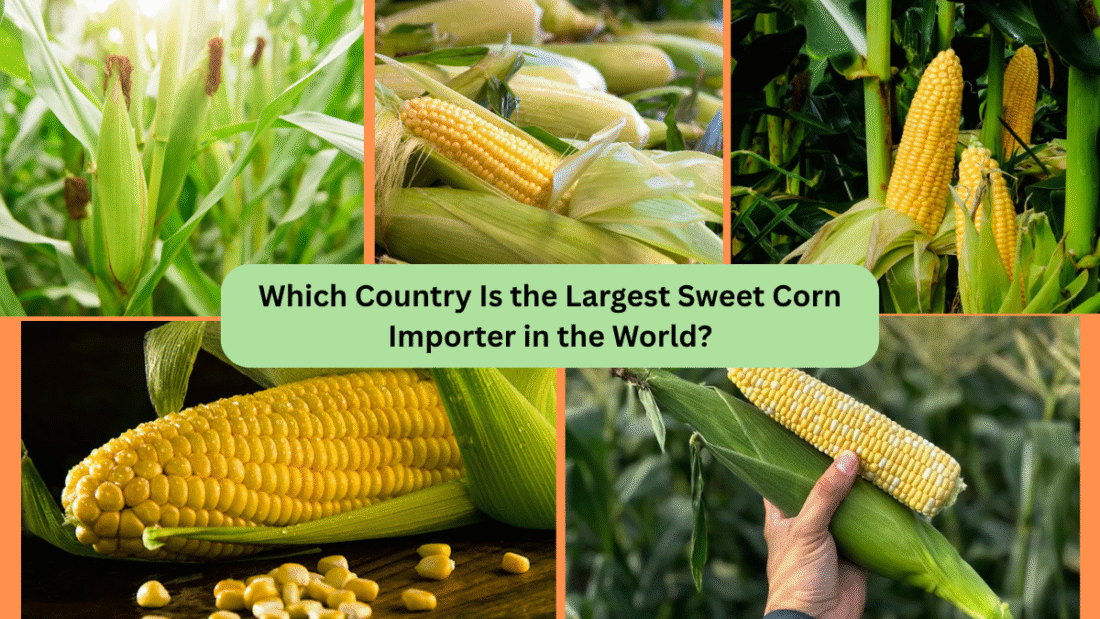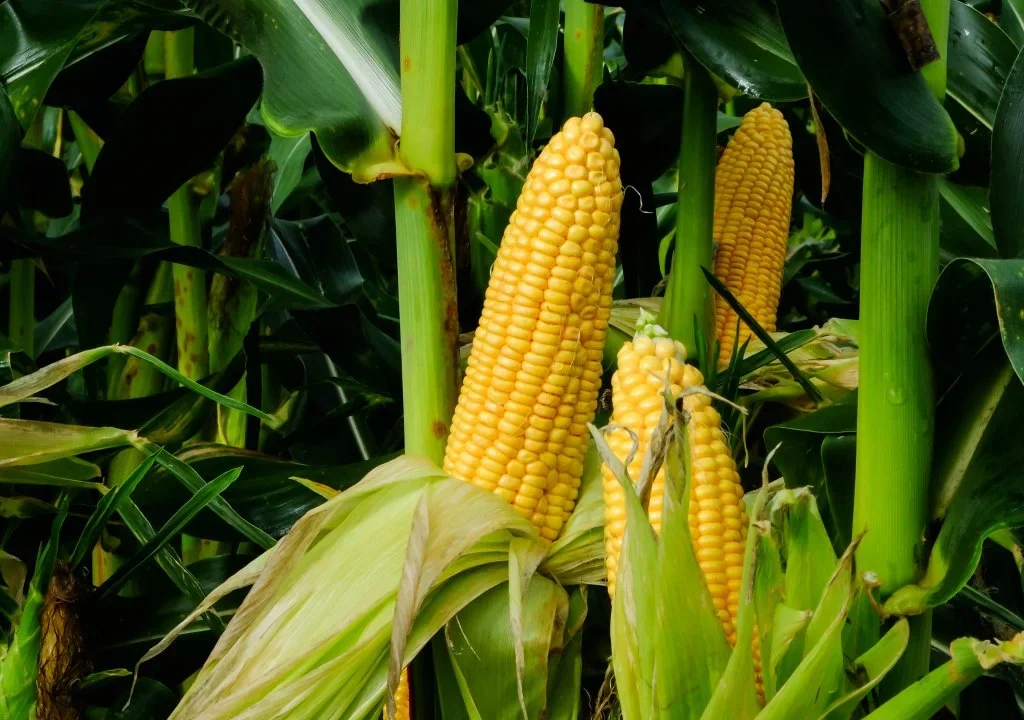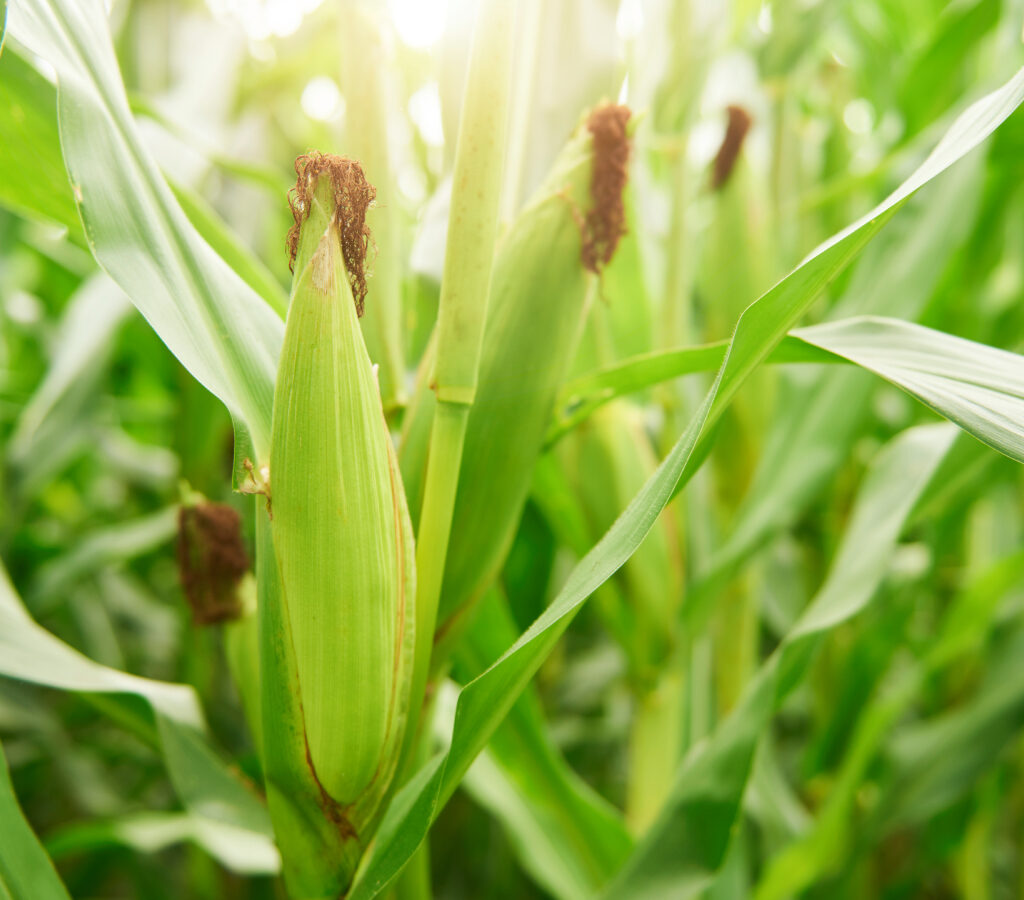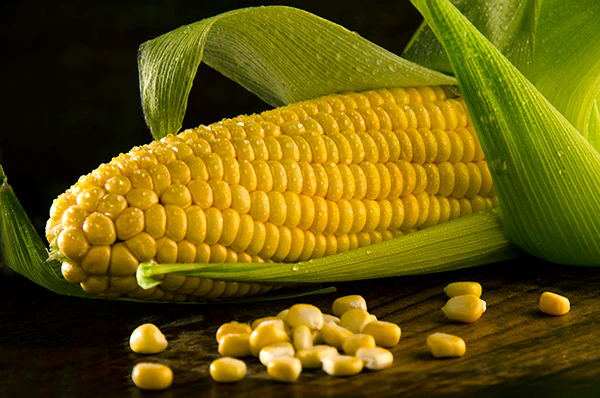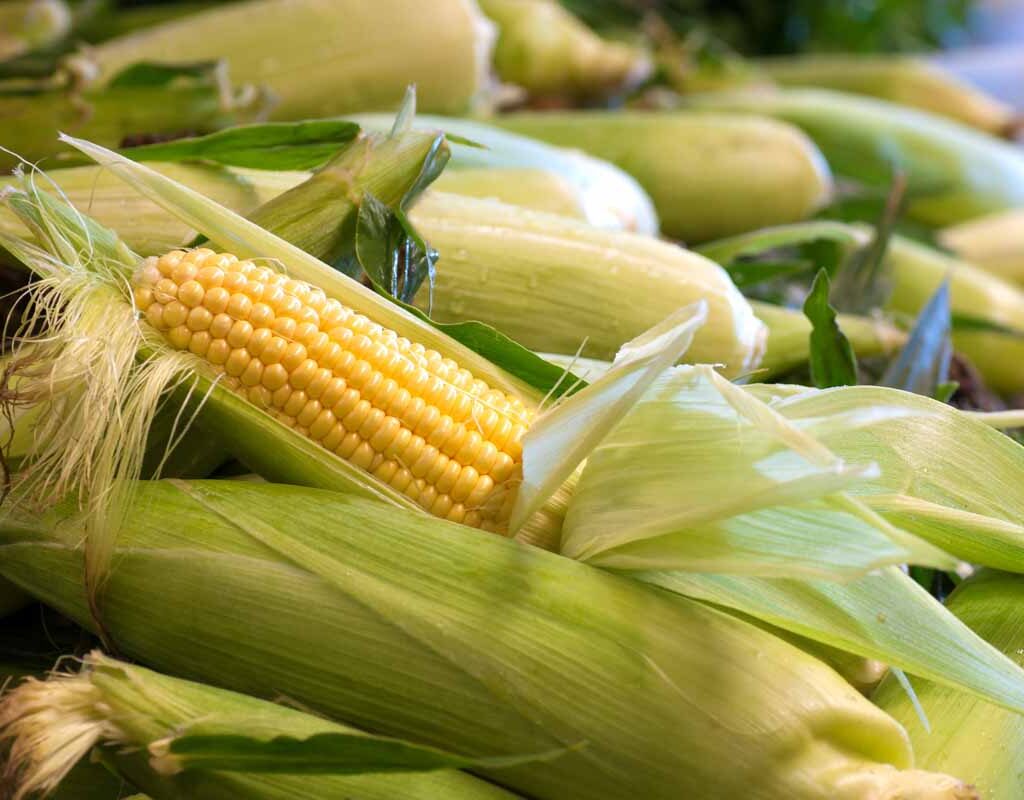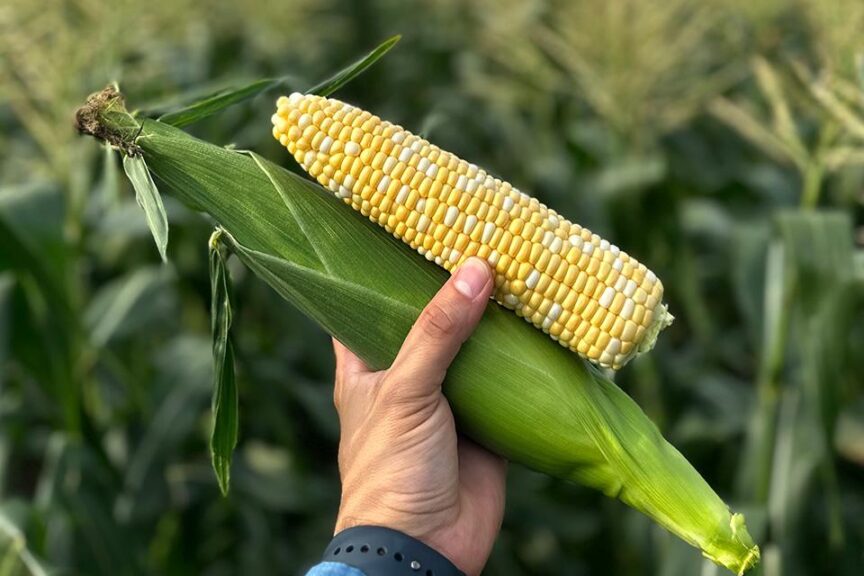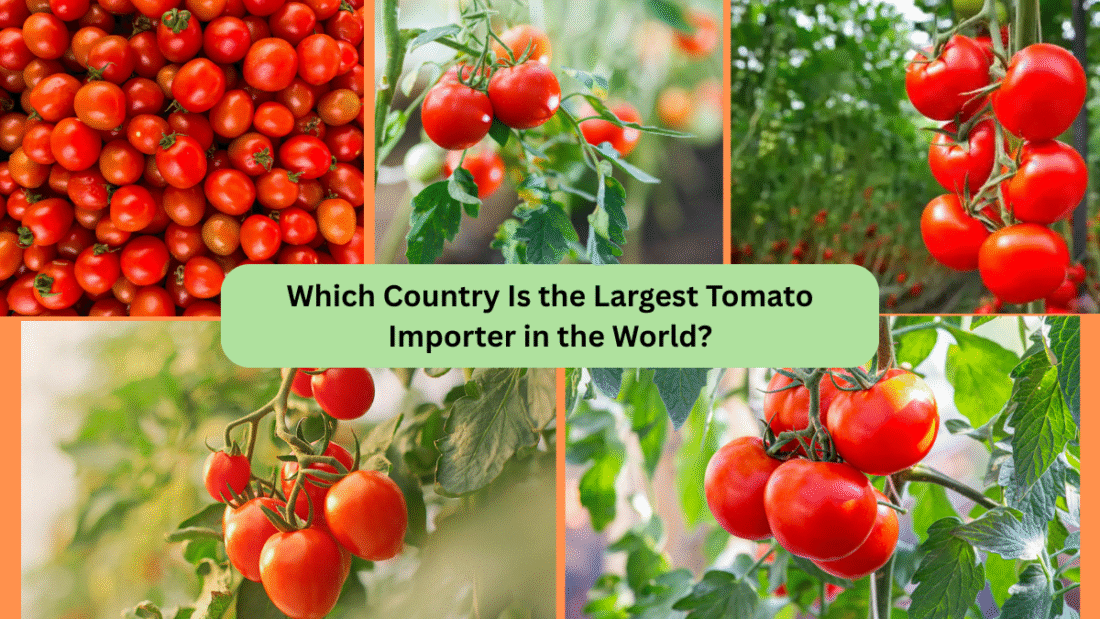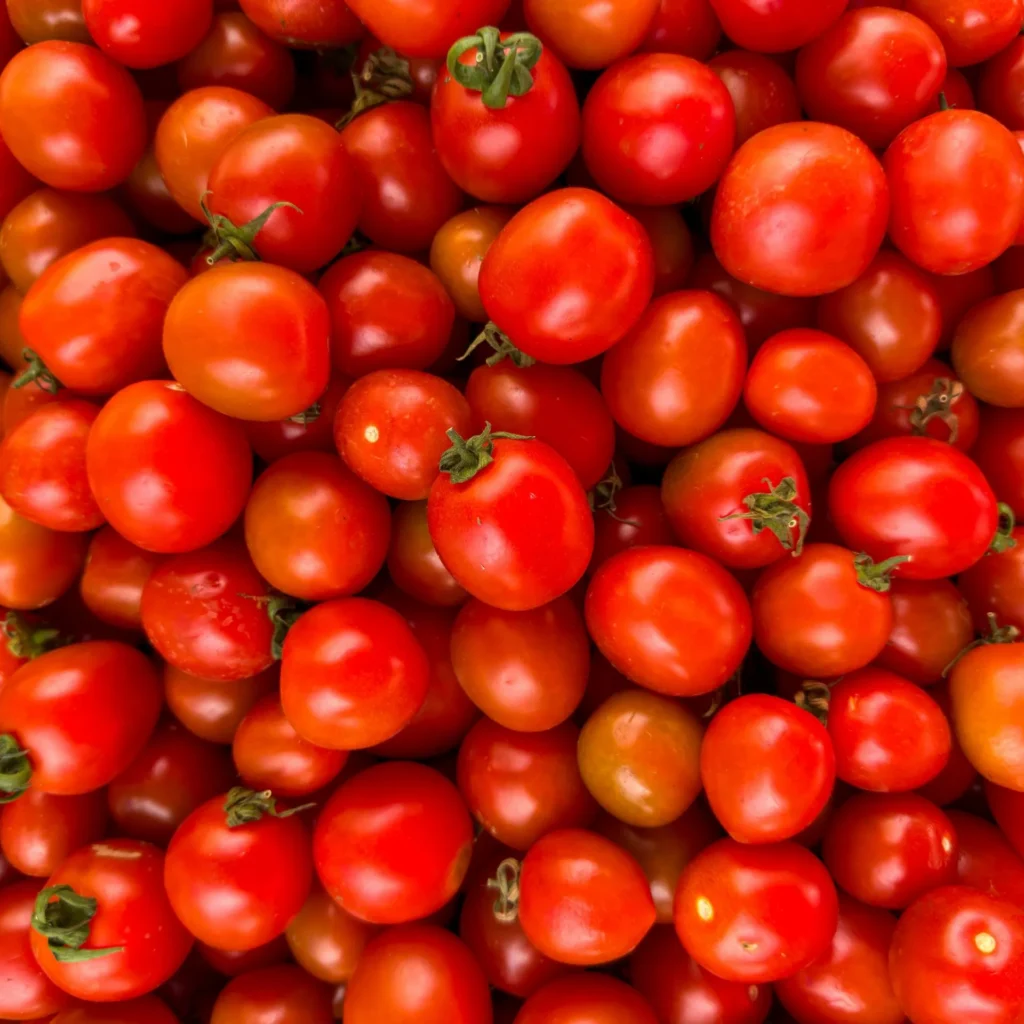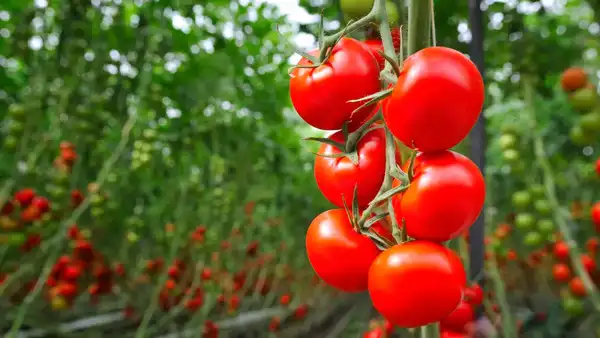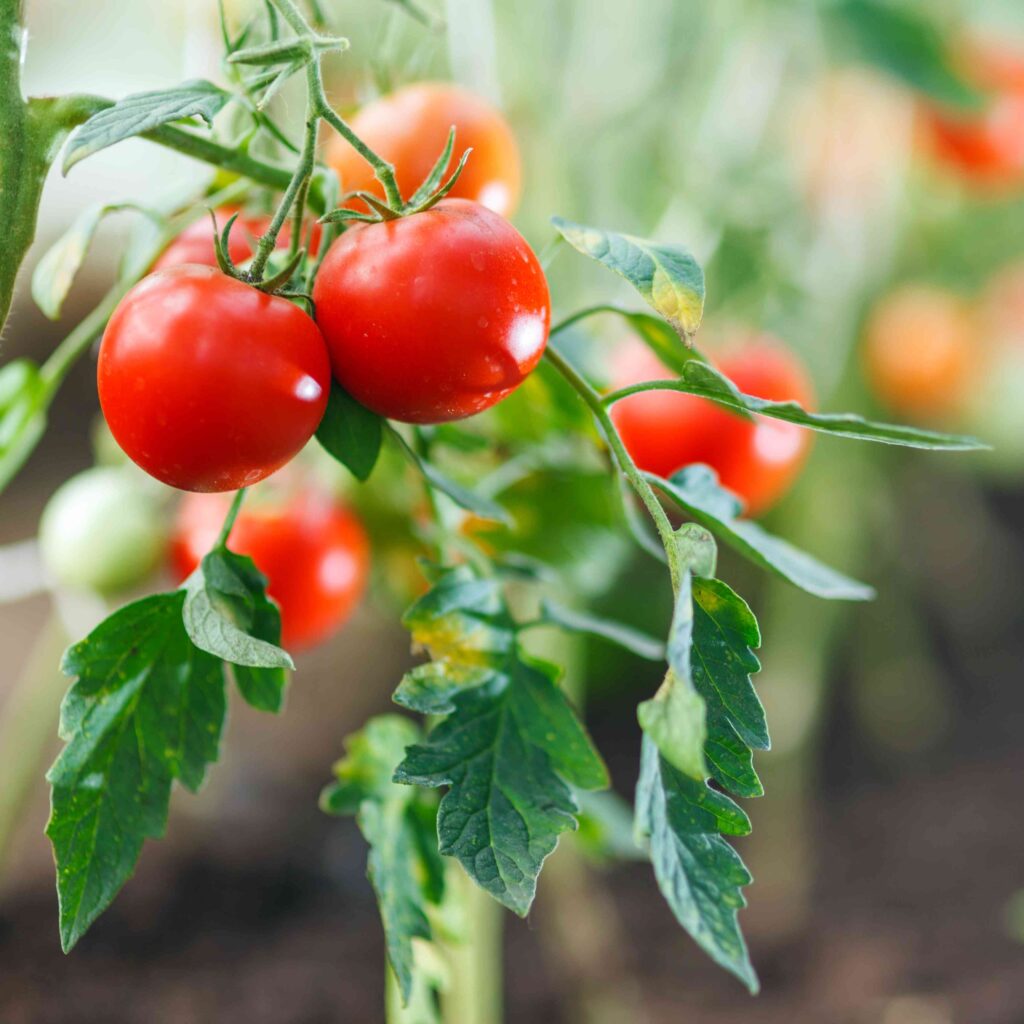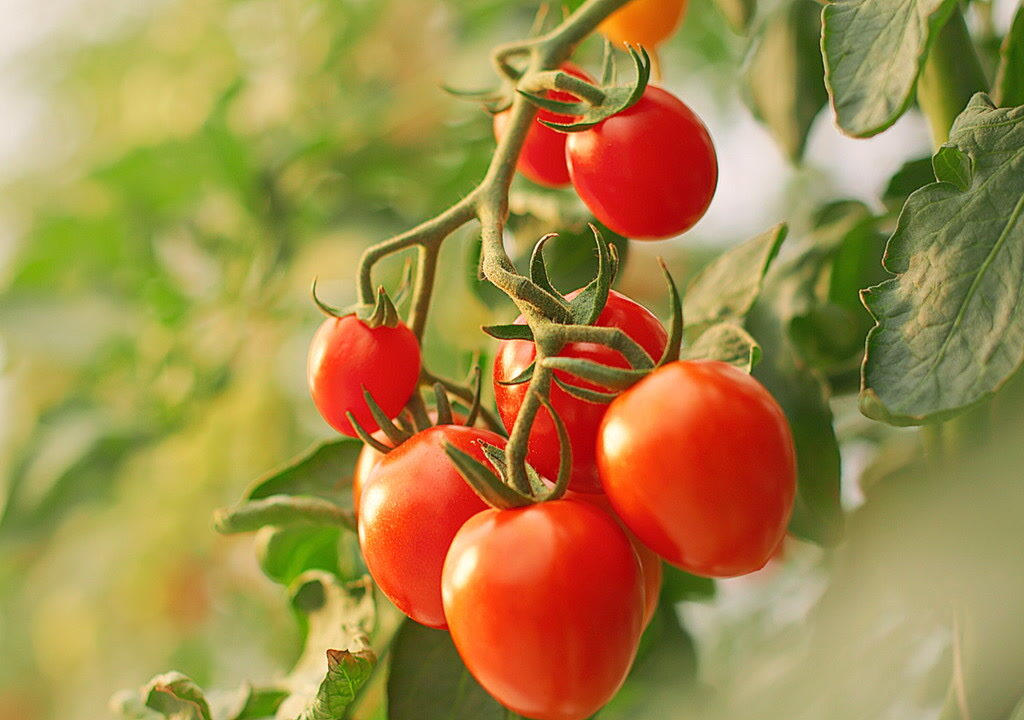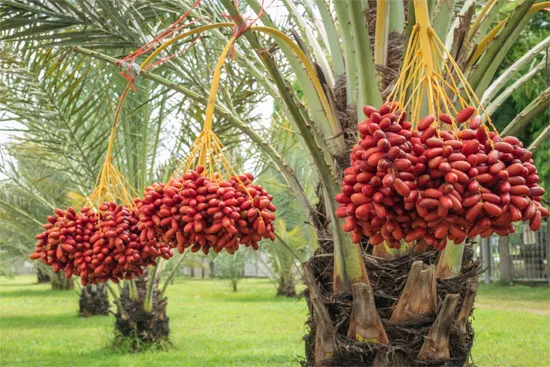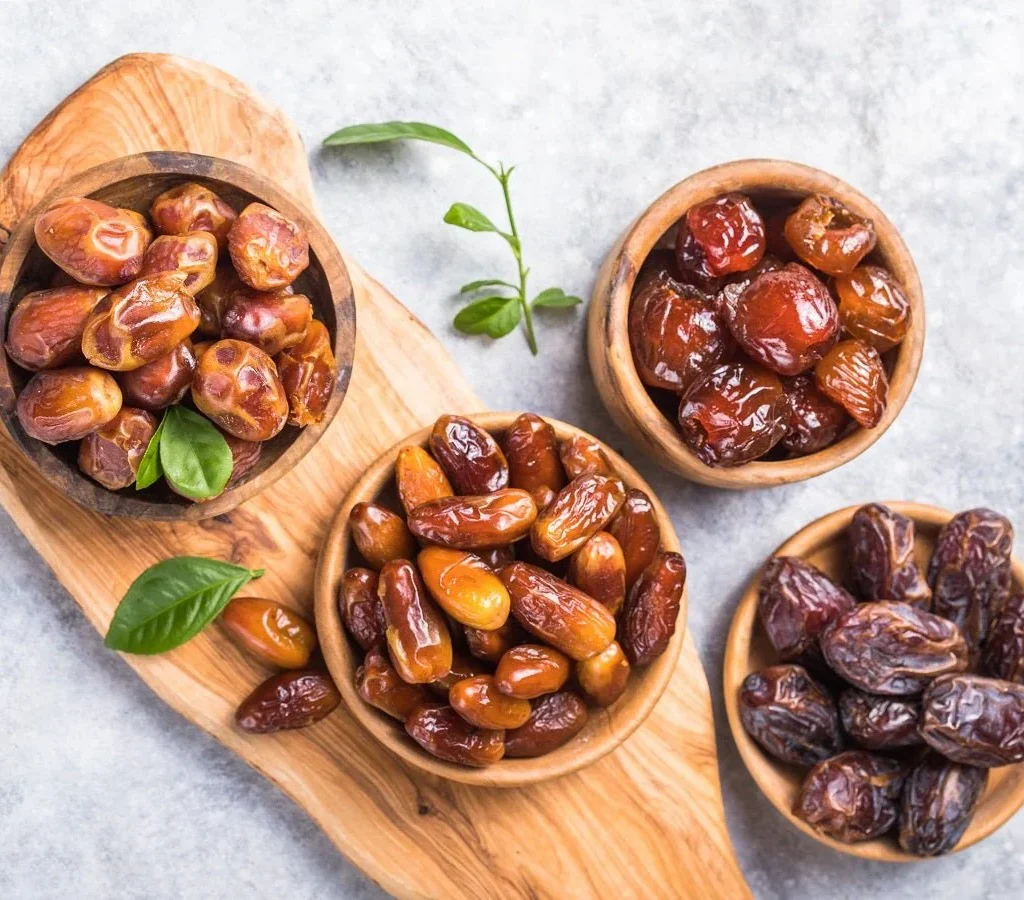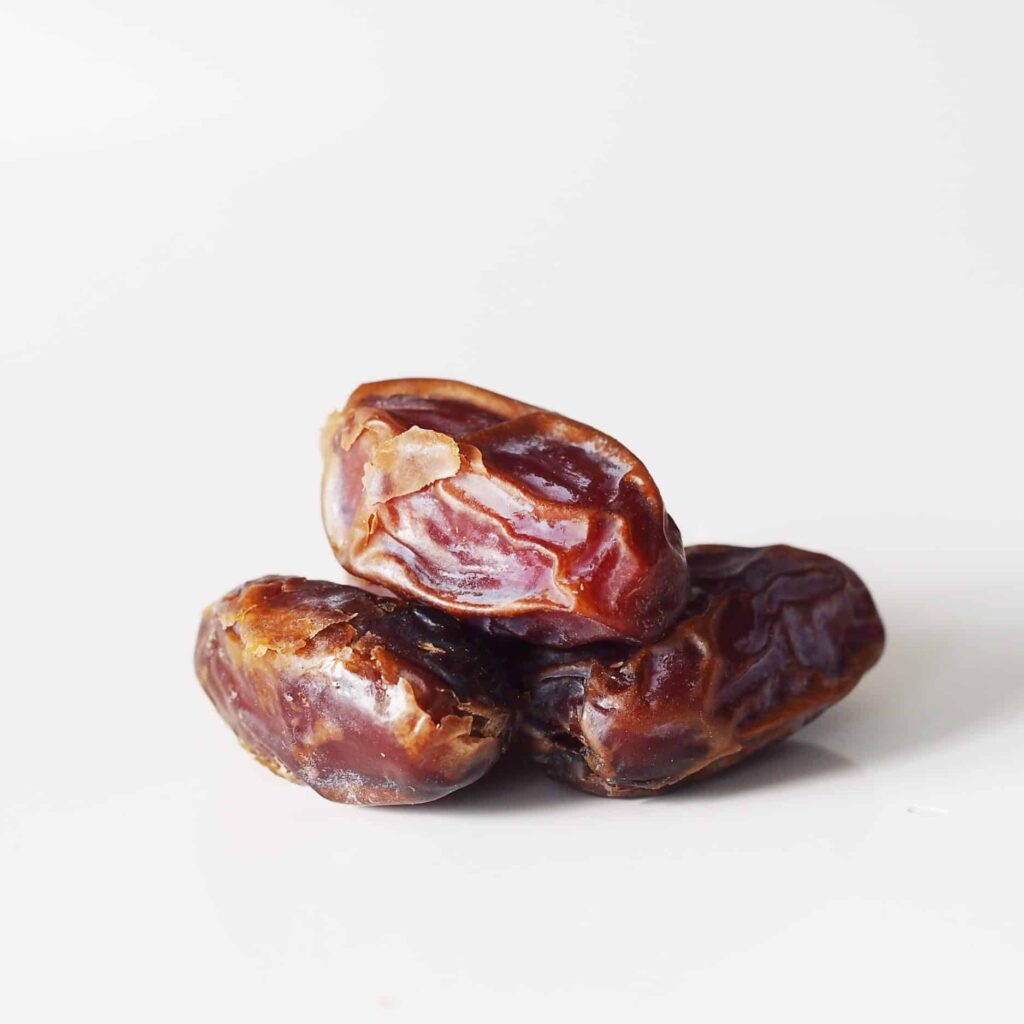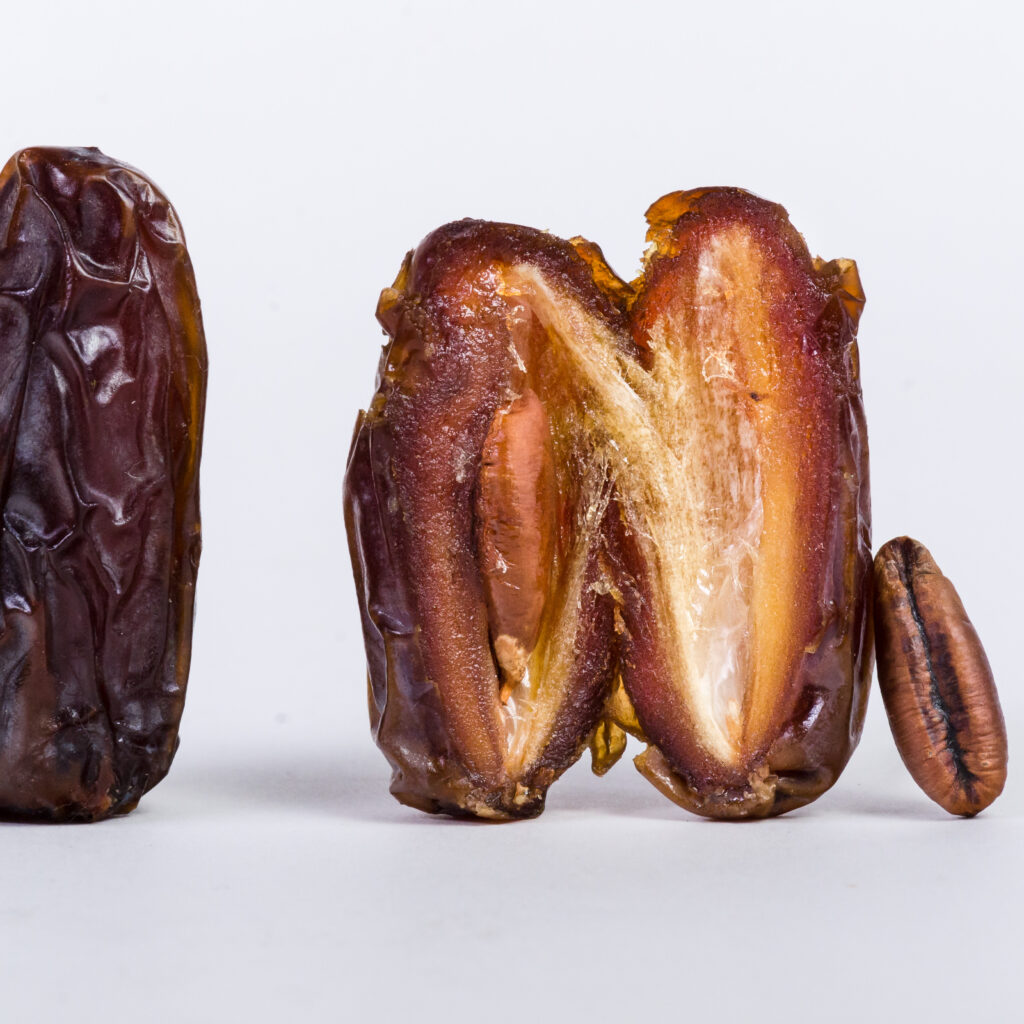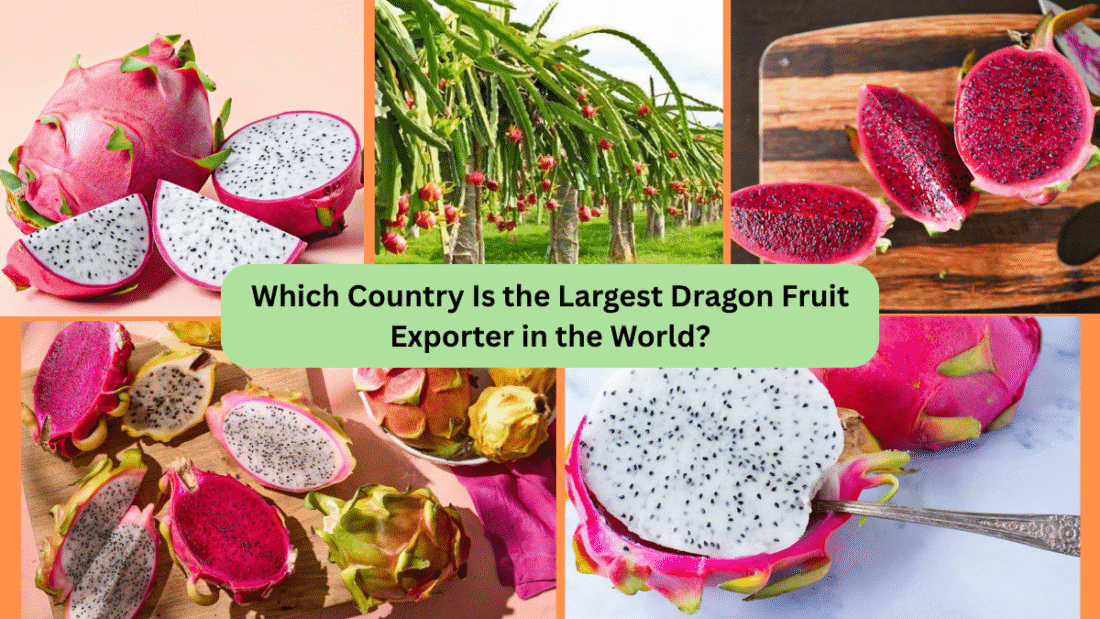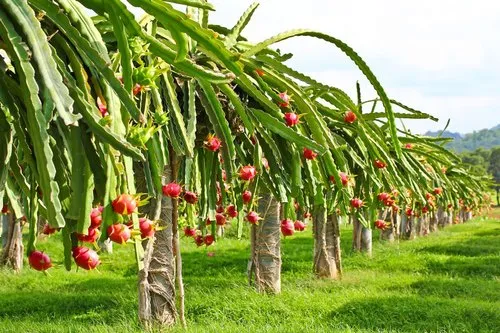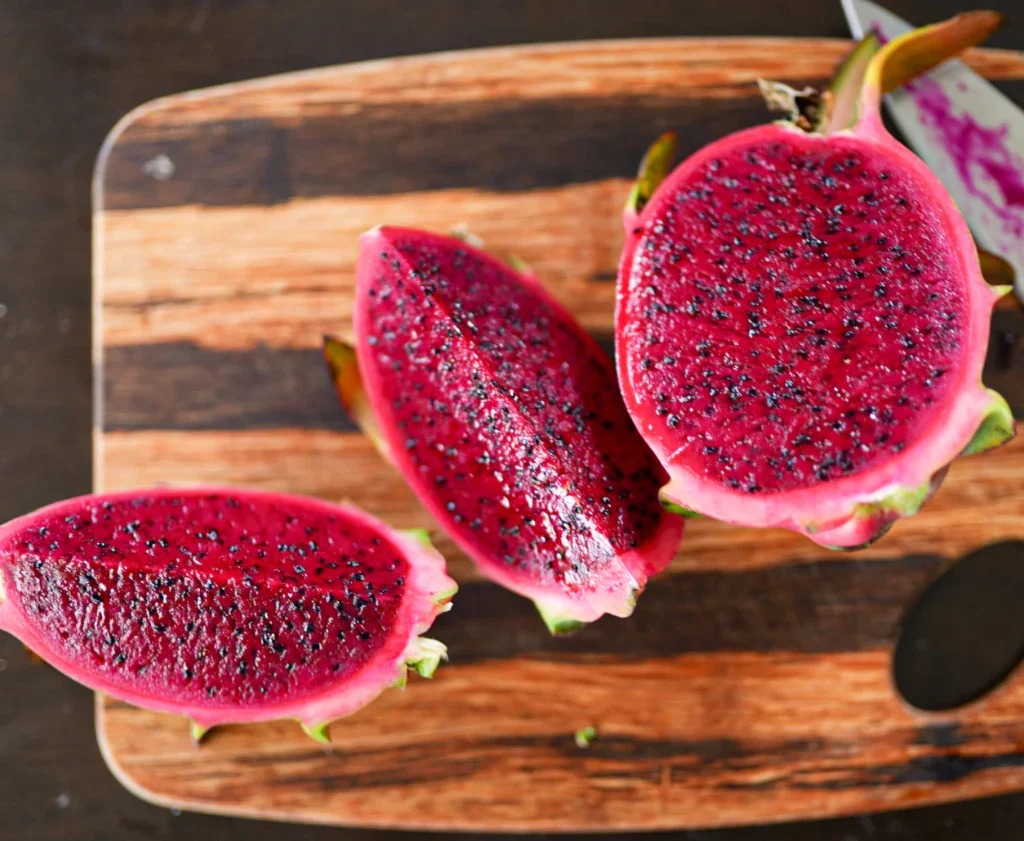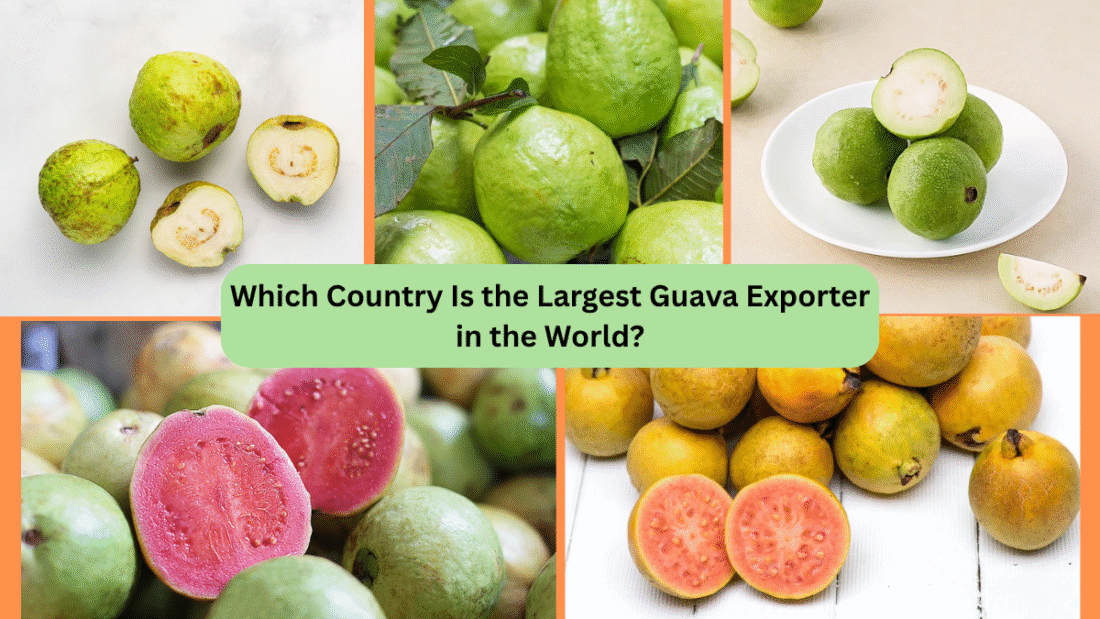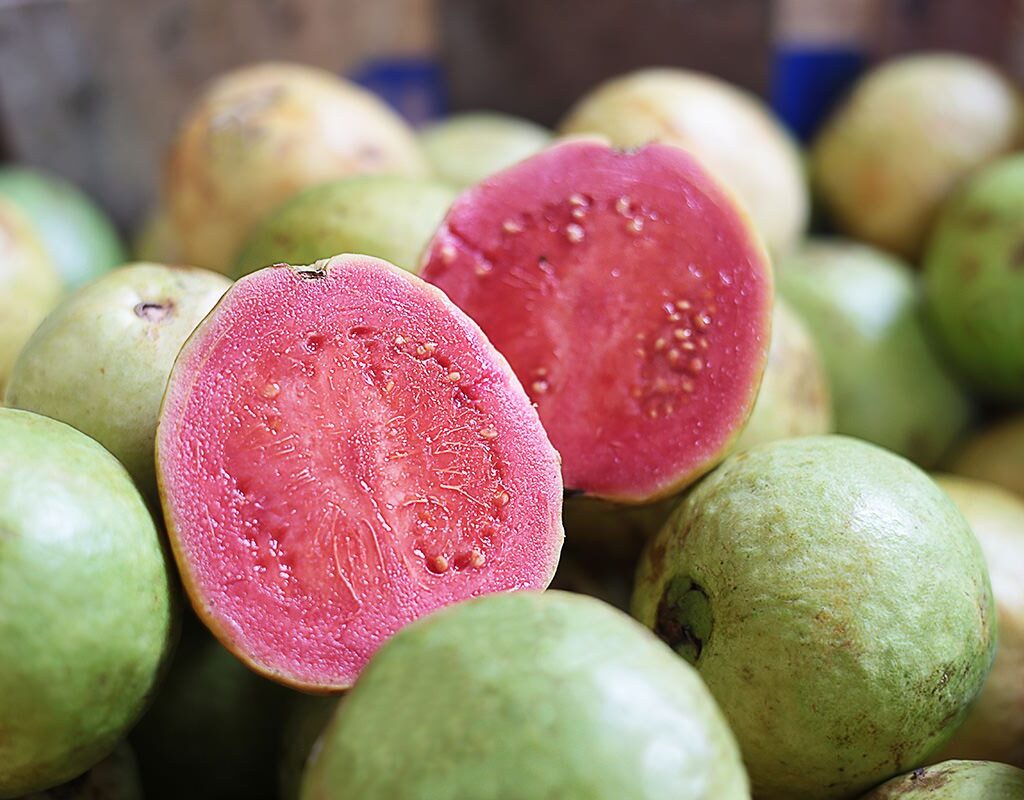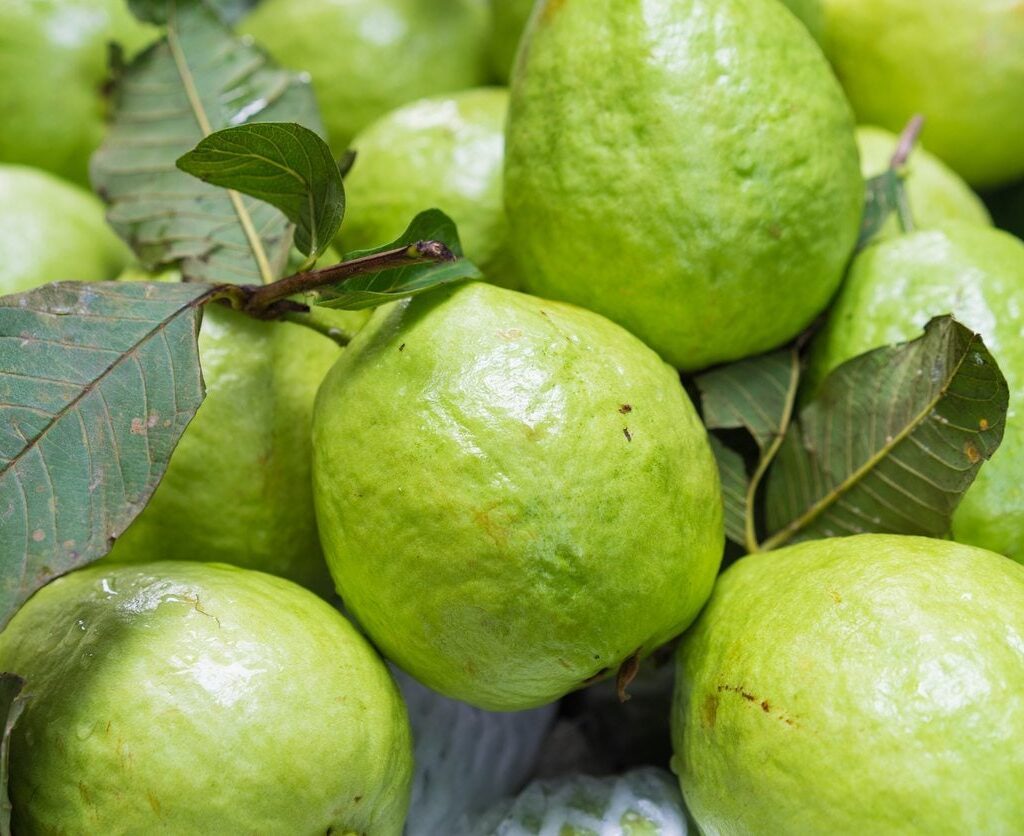Looking to add vibrant, lush greenery to your home without the long wait? Fast-growing indoor plants are a fantastic way to quickly freshen up your living spaces, fill empty corners, or create a mini jungle vibe inside your home. Not only do these plants grow quickly, but many are also easy to care for, making them ideal for both beginner and seasoned plant parents. From trailing vines to bold tropical leaves, here are 10 fast-growing indoor plants that will instantly bring life and beauty to your interiors.
1. Pothos (Epipremnum aureum)

Few plants grow as quickly and effortlessly indoors as the Pothos, also known as Devil’s Ivy. Its heart-shaped, glossy leaves come in various shades of green, often splashed with white or yellow. Pothos can thrive in low light, making it perfect for offices, bedrooms, or bathrooms. With weekly watering and minimal care, its trailing vines can grow several feet in a matter of months. You can let it trail from hanging baskets, shelves, or train it up a trellis for a vertical green statement.
2. Spider Plant (Chlorophytum comosum)

The Spider Plant is a resilient, air-purifying plant celebrated for its rapid growth and cascading, narrow green leaves with white stripes. It’s easy to grow in indirect sunlight and adapts well to a variety of environments. One of its charming traits is the production of tiny baby plantlets, or “spiderettes,” that dangle from the mother plant. These can be easily propagated, making Spider Plants a great option for those looking to fill a room with greenery fast.
3. Snake Plant (Sansevieria trifasciata)

Known for its upright, sword-like leaves, the Snake Plant is not only fast-growing but one of the easiest houseplants to maintain. This hardy plant tolerates low light, irregular watering, and thrives on neglect. Its tall, striking leaves can add instant structure and elegance to any room. While Snake Plants are slower in winter, they quickly shoot up during spring and summer. Additionally, they improve indoor air quality by removing toxins and releasing oxygen at night.
4. Chinese Money Plant (Pilea peperomioides)

The adorable Chinese Money Plant, also known as the Pancake Plant, is famous for its unique round, coin-shaped leaves and rapid growth habit. This trendy plant is a favorite on social media for its quirky look and easy-care nature. Given moderate light and weekly watering, Pilea can sprout new leaves quickly and produce baby plants around its base. These offshoots can be repotted, helping you multiply your greenery in no time.
5. ZZ Plant (Zamioculcas zamiifolia)

The ZZ Plant is a tough, fast-growing option perfect for people who might forget to water their plants occasionally. Its waxy, dark green leaves add a lush tropical touch to any indoor setting. It tolerates low light, dry air, and irregular watering, growing steadily throughout the year. While it starts slow, once established, it sends up new shoots regularly, quickly filling out its pot. Its ability to survive in a range of conditions makes it a reliable choice for instant greenery.
6. Philodendron (Philodendron spp.)

Philodendrons are fast-growing houseplants known for their sprawling vines and large, heart-shaped leaves. With hundreds of varieties to choose from, including climbing and non-climbing types, they’re beloved for their ease of care and rapid growth. Place your Philodendron in bright, indirect light and water when the soil feels dry. You’ll notice new leaves unfurling regularly, and with proper care, some varieties can quickly climb trellises or trail beautifully from hanging pots.
7. Tradescantia (Tradescantia zebrina)

Also called Wandering Jew, Tradescantia is a vibrant, fast-growing trailing plant with striped purple, green, and silver leaves. It’s incredibly easy to grow and propagate from cuttings, making it perfect for creating instant greenery. With a preference for bright, indirect light and moist soil, Tradescantia can grow rapidly, producing long, cascading stems that look stunning in hanging baskets or along shelves. It adds a splash of color and texture to any indoor plant collection.
8. Peace Lily (Spathiphyllum)

If you want fast greenery paired with elegant white blooms, the Peace Lily is an ideal choice. Its glossy, deep green leaves grow quickly under medium to bright indirect light. Known for its air-purifying abilities, this plant thrives in moist soil and can tolerate lower-light spaces, though it flourishes best with ample indirect sunlight. With consistent care, you’ll see new leaves and flowers emerging regularly, making it a lush, flowering indoor favorite.
9. Dumb Cane (Dieffenbachia)

The Dumb Cane is a bold, fast-growing indoor plant known for its large, patterned leaves that brighten up any room. Its striking foliage displays a mix of green, cream, and yellow, providing an exotic, tropical feel. This plant grows quickly in bright, indirect light and needs regular watering. As long as it’s not exposed to cold drafts, Dumb Cane can reach impressive heights indoors, making it an excellent choice for adding vertical greenery in corners and beside furniture.
10. Boston Fern (Nephrolepis exaltata)

For those who love lush, feathery foliage, the Boston Fern is a wonderfully fast-growing indoor plant. With its arching fronds and rich green color, it adds a soft, natural touch to living spaces. This plant thrives in humid environments and indirect light, making it perfect for bathrooms or kitchens. With regular misting and moist soil, Boston Ferns grow rapidly, quickly filling hanging baskets or decorative pots with their signature flowing fronds.
Conclusion
Adding instant greenery to your home has never been easier with these fast-growing indoor plants. Whether you prefer the trailing vines of Pothos, the structured elegance of a Snake Plant, or the tropical charm of a Boston Fern, these plants not only beautify your space but also improve indoor air quality and create a calming environment. Best of all, they’re easy to care for and suitable for both plant enthusiasts and beginners alike.
Pick your favorites, gather a few decorative pots, and watch your indoor jungle flourish in no time!




